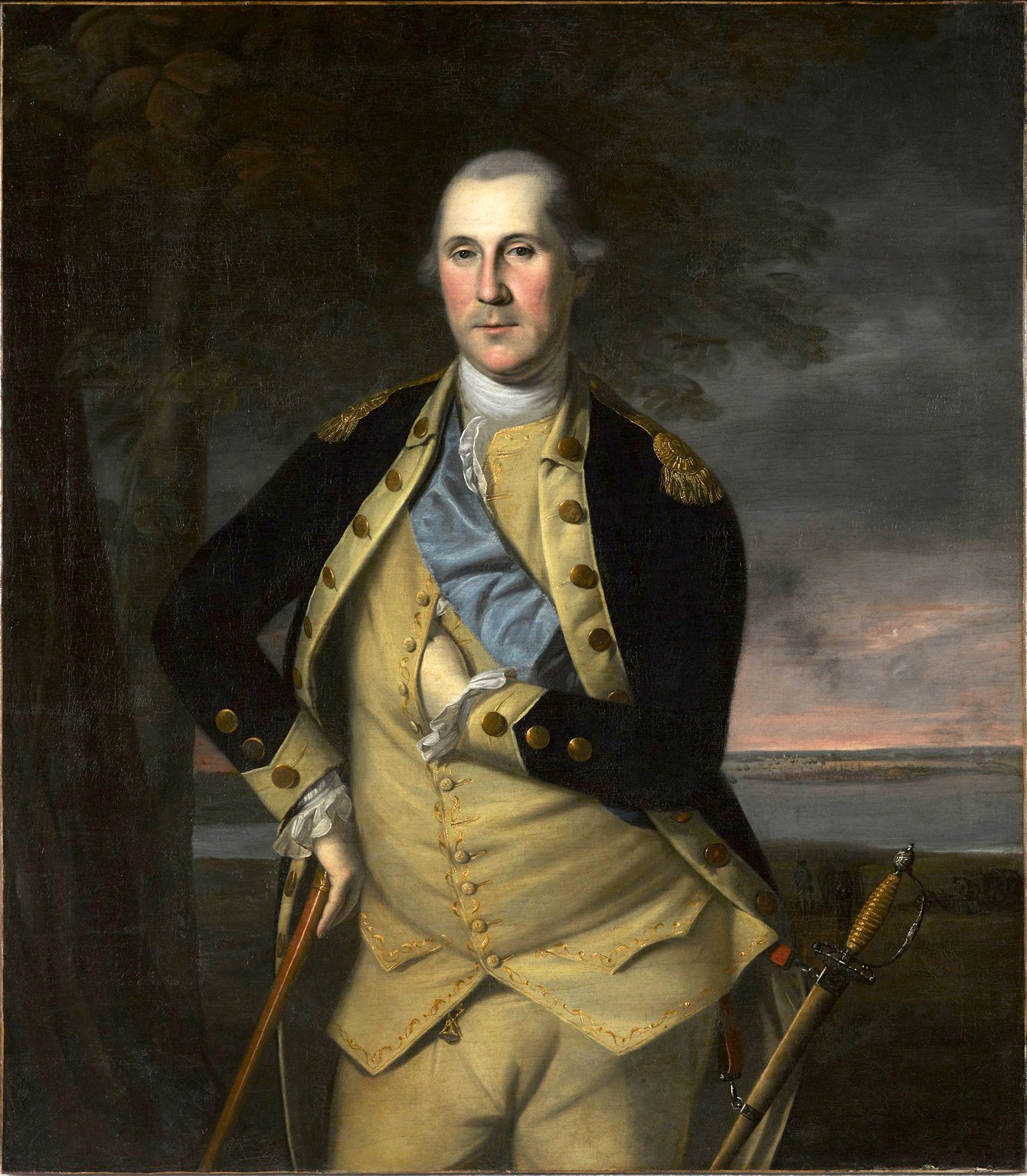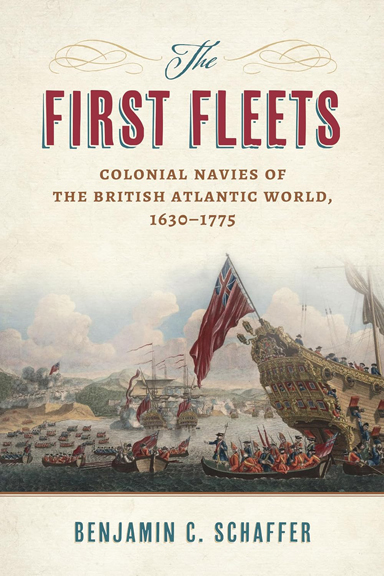
At the siege of Yorktown the British had a “large bulldog” who would follow British cannonballs fired into the American lines. According to Joseph Plumb Martin “our officers wished to catch him and oblige him to carry a message from them into the town to his masters, but he looked too formidable for any of us to encounter.” Any dog who chases cannon balls clearly is not something to be approached casually.[1]
Probably the most notorious, and certainly the most eccentric, dog owner of the period was General Charles Lee. Seemingly, wherever he went, from the battlefield to the parlor, he was accompanied by his dogs. It has been said of him, “His manners had deteriorated, although he could be the perfect gentleman when he chose; he had, in general, become slovenly about his person; and he had developed a strange passion for dogs, a train of which now followed him wherever he went.” At a party Lee ordered his dog, Spada, to mount a chair and present his paw to Abigail Adams which she shook.
Dr. Jeremy Belknap, a civilian, wrote of Lee saying he was “…a perfect original, a good scholar and soldier, and an odd genius, full of fire and passion, and but little good manners; a great sloven, wretchedly profane, and a great admirer of dogs, of which he had two at dinner with him, one of them a native of Pomerania, which I should have taken for a bear had I seen him in the woods.”
After his capture Lee wrote Washington requesting that a servant and an aide-de-camp be sent to him along with “my dogs…as I never stood in greater need of their company than at present.”[2]
Washington is known to be fond of dogs himself. After the battle of Germantown the American troops withdrew and a dog accompanied them. The wise dog owner, had provided his dog with a collar and name tag so the dog could be returned to him if he became separated or lost. As it happened the dog did become separated but whether he was captured, deserted or defected is an unanswered question. Regardless General Washington, always the gentleman, returned the dog under a flag of truce with the note, “General Washington’s compliments to General Howe, does himself the pleasure to return him a dog, which accidentally fell into his hands, and by the inscription on the collar, appears to belong to General Howe. October 6, 1777.”[3]
Undoubtedly, there are more dog stories from the American Revolution. Readers, please feel free to post them as comments below.
[1] Martin, Joseph Plumb, ed. George F. Scheer, Private Yankee Doodle, Boston, Little, Brown and Company, 1962, p. 232-233.
[2] Alden, John Richard, “General Charles Lee, Traitor or Patriot?,” Baton Rouge, Louisiana State University Press, 1951, p. 73, 82, 83, 169.
[3] http://gwpapers.virginia.edu/documents/revolution/howe.html accessed 2/28/2013.








17 Comments
I found myself smiling while reading this. The Bulldog story is really funny. I used to have a bulldog named “Dittles” who loved to chase our neighborhood garbage truck.
Here’s another dog story: British General Charles Mawhood during the pivotal battle at Princeton was riding a little brown pony accompanied by two bounding spaniels in front of him. source: Wilkinson’s memoirs… If true, I think that image is hilarious, like something out of MoNty PyThon. However, what seems true is that British generals worked hard to cultivate their nonchalant sport fox hunting attitude.
Glenn – Thanks for adding the story of Gen. Mawhood’s dogs….and for providing the source. I’d suspect that during a battle the dogs were pretty much left up to their own determination as to what they’d want to do. I recall other dogs – such as those on the march to Quebec – who were eaten; but, I’d prefer some more “light” dog stories.
Great article, Hugh. I’ve seen dogs pop up a few times in my years of amateur study, but never cats. Have you ever stumbled upon a story of cats during the Revolution? By the way, here is a great board on Pinterest featuring 18th century pets and their owners: http://pinterest.com/lucindabrant/18th-century-pets-their-owners/
Very interesting article by Mr. Harrington. In addition to serving as companions, are there examples of dogs used in combat?
I’ve never heard of any Revolutionary War cats. Surely, there must have been some. Carl – fascinating thought! It never occurred to me that some dogs might have been used in combat. Perhaps not actually fighting but maybe carrying messages…sort of like a carrier pigeon. Readers! Anyone have some information…..?
There is the legend that, when Paul Revere was going to the rowboat to ferry him across the Charles River for his famous ride, he realized that he had forgotten his spurs, but his dog had tagged along. The resourceful Revere wrote out a note requesting the spurs, tied it around the dog’s neck, and sent his dog home to his wife. Supposedly the dog returned with the spurs tied around its neck. The story sounds farfetched, but Revere’s grandchildren said that he told it to them many years later.
Charles – I’d forgotten that Revere dog story. Does sound pretty far fetched. 🙂
Dogs are wonderful companions and are reliable sentries in camp. At least two dogs are known to have accompanied Benedict Arnold’s expedition through the Maine Wilderness to Quebec, and probably saved them from starvation. One of these, a large (black Newfoundland ?) belonged to General. Dearborn… “My dog was very large and a great favorite. I gave him up to several of Capt. Goodrich’s company They carried him to their company, and killed and divided him among those who were suffering most severely with hunger. ….” ‘ Ref: —Letter of General Dearborn to the Rev. William Allen.
Hugh, The story about GW and Gen. Howe’s dog has always tickled me, although one has to also believe that it gave the emissary returning the dog an opportunity to assess the enemy. GW adored his dogs and his jackasses. One question you may have the answer to; some accounts say that the dog was a “Fox Terrier” and yet others say an “English Setter”…have you determined which one it may have been? The same issue has arisen with information regarding GW’s jacks (male donkeys). There is so much misinformation “out there”, thanks in part to GWP Custis, that I am tempted to go to Arlington House, dig him up, smack him and rebury him! Thank you for telling the dog stories!
My Boston Terrier is not too fond of my 1777 Charleville. I would look into a ‘large bulldog’ but they don’t breed them that big anymore. Spaniel perhaps? 😉
Great article. Anyone have any information on Banastre Tarleton and dogs?
Bryan, there is indeed evidence that Tarleton and the British Legion did have some dogs, at least while on Long Island during the winter of 1778-1779. Check out this neat item on my website, addressed to a member of the Commissary General’s Department about this unique requisition:http://www.royalprovincial.com/military/rhist/britlegn/bloat.htm
Thank you, that is great! Do these “Nassau County Museum, Seth Norton Papers, L 82.2.48.” contain the original document? If I wanted to obtain a copy of it?
Thank you,
Bryan Tate
Yes, the Nassau County Museum has the original document, not a copy.
Daniel Reeves – Pension Statement
“He recollects his saying during the Siege of Charleston the British would throw the dogs’ heads over to them instead of bombshells.”
Edward Doyle – Pension Statement
About five miles from our encampment at Bacon’s Bridge—He was with Count Pulaski’s Cavalry–& said Edward Doyle & one Reuben Gilders. Gen. Pulaski’s spies were marching on about three hundred yards in front of the Cavalry & saw about twenty five of the British Cavalry— before whom trotted a small dog—Guilders remained by secreting himself in the woods & told me to return to Gen. Pulaski. I informed him as soon as I could ride back.